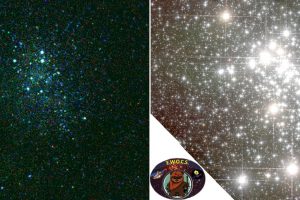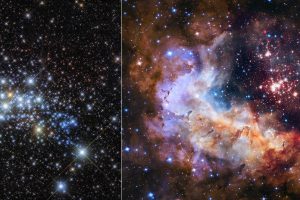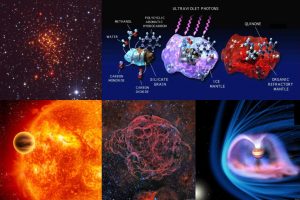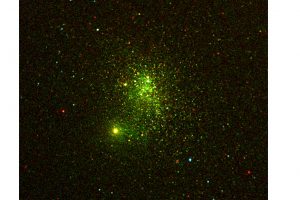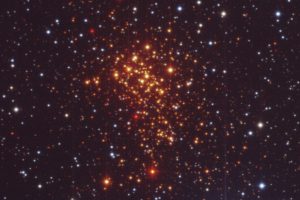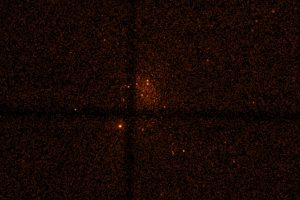X-ray analysis of the Wolf Rayet of Westerlund 1. The study: “EWOCS-II: X-ray properties of the Wolf-Rayet stars in the young Galactic super star cluster Westerlund 1” of K. Anastasopoulou (INAF-OAPA/CfA) appeared on A&A

Massive stars live short and violent lives. Mainly during the later stages of their evolution, these stars undergo significant changes in their structure and lose a large fraction of their initial mass into the surrounding environment as stellar winds. In particular, during the Wolf-Rayet phase, which lasts only a few hundred thousand years, massive stars eject their outer layers, which
» Read more
